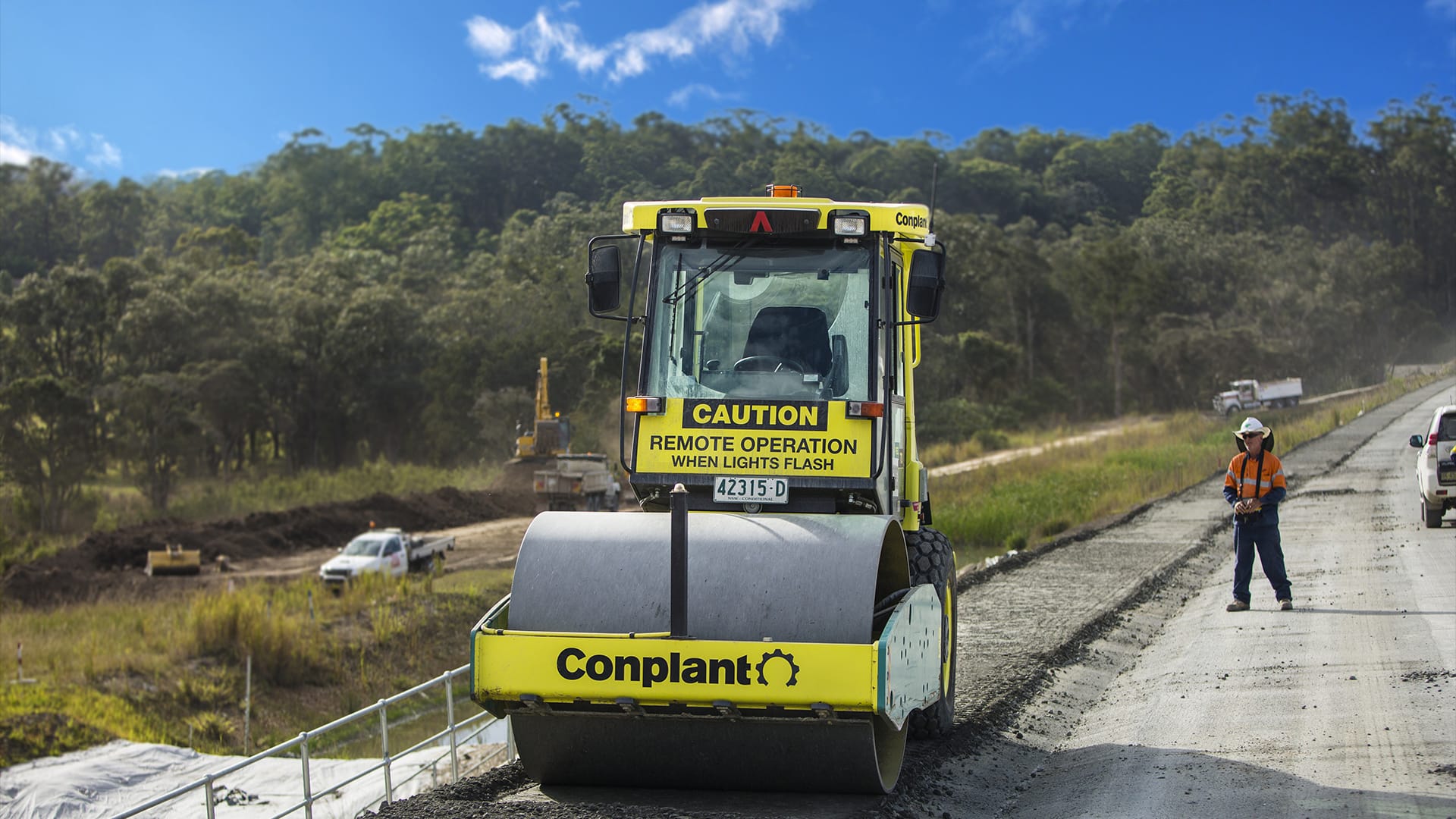Our guide to every type of soil compactor you’ll ever use
Correctly-compacted soil is the key ingredient of almost every construction project. Whether it be around the home or on a grand scale, the desired outcome is the same – a solid foundation on which to build upon.
There are a number of varying opinions and articles out there about how to get soil compaction right. There are also just as many equipment options, and even different names for the same piece of equipment – which, let’s face it, can be a little confusing.
We’re here to help explain the difference between common soil compactors, and show you exactly how each different soil compactor is best used. We’ll also cut through some of the jargon and provide a comprehensive list of the common names you might hear around Australia for this type of equipment.
What does a soil compactor do?
When we think about soil compaction, we categorise the equipment into two main groups: heavy soil compactors and light soil compactors.
Regardless of what you call them or how you group them, they all perform the same function – applying forces to the soil to increase density by reducing the void space between soil particles to increase the material to a solid “rock like” state.
This can be achieved in a number of ways including impact compaction, static compaction, dynamic or vibratory compaction and manipulation. For more on the science behind these compaction methods, read this article
Common types of heavy soil compactors
Single drum rollers
Soil rollers, SP (self-propelled) rollers, ride-on rollers and road rollers are what we refer to here at Conplant as single-drum rollers or soil machines.
Single drum rollers can have either a smooth drum (where the large drum has a smooth, flat surface) or what is commonly known as a padfoot drum (where the drum has lots of little pedestals or bumps). Both have a large vibrating drum at the front with two large tyres on the rear, but there are a few key differences to understand
Single smooth-drum rollers
Single smooth-drum rollers provide excellent compaction performance for a range of different soils, including mixed soils and granular materials such as sand, gravel and sub-bases or coarse fill. Single smooth-drum rollers provide dynamic compaction through vibration.
A.K.A: Smooth wheeled rollers, single drum vibratory rollers, track rollers
Oscillating rollers
Oscillating rollers are available in both single smooth-drum and tandem smooth-drum options. These units deliver dynamic compaction energy without the ‘up and down’ movement of traditional vibration compaction and only available in Smooth drum configuration.
They are perfect for projects near sensitive areas – residential locations, bridges, utilities, heritage listed building works and sandy areas known for suffering damages as result of vibration and are ideal for compacting a wide range of materials including gravel and sand.
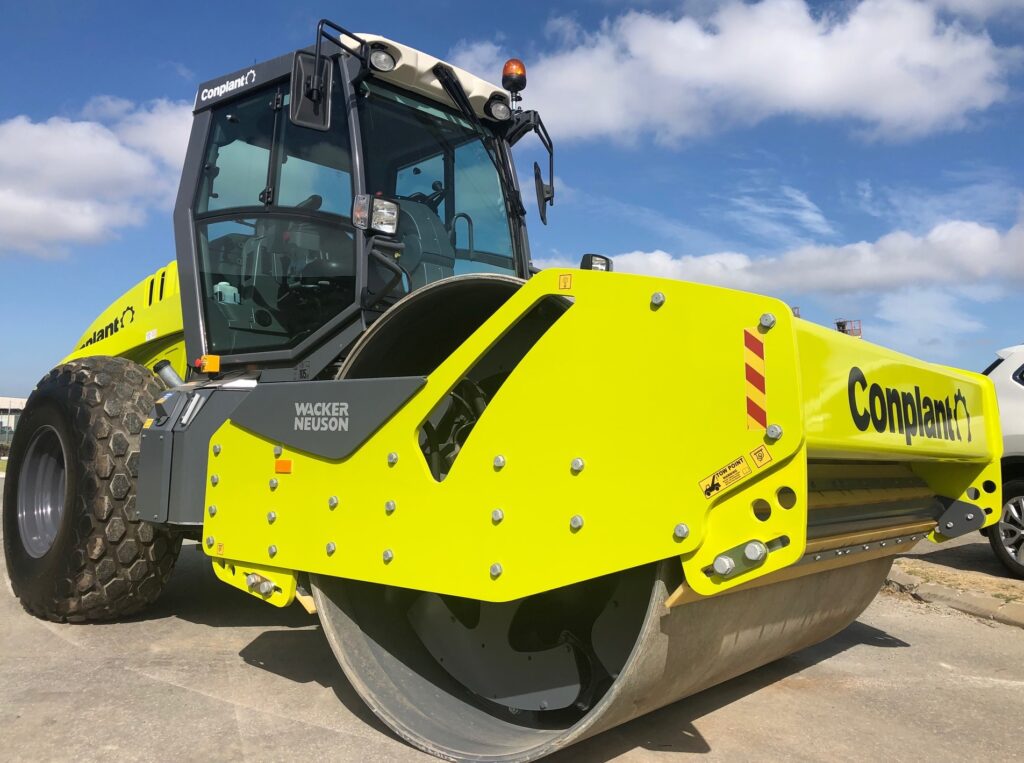
Single drum padfoot rollers
Padfoot rollers are generally used for the compaction of cohesive soils / clay and other fine-grained soils. Padfoot rollers provide a type of compaction effort known as manipulation.
The spacing of the Pedestals on the padfoot roller provides a kneading action as the roller travels over the ground increasing the load bearing capacity on each pass. These rollers are exclusively used for the compaction of Cohesive soil and come in a large range of sizes from 3t to 28t.
A.K.A: Sheepsfoot rollers, padfoot rollers, pad rollers, presser rollers, elephant foot rollers, tamping foot rollers, padded rollers
Static rollers
The category of static rollers includes varieties with steel wheels or pneumatic tyres. Static compaction is the simplest and oldest form of compaction, and works by creating shear stresses that act to slide across the surface, forming tight particles
Three-point rollers
Three-point rollers are predominately used for proof rolling and thin granular or semi-cohesive soil compaction. They are ideal for use in areas where the ground should not be vibrated – such as in residential areas, near sensitive building areas or on bridges.
Static three-point rollers are great for medium and large applications, and provide an outstanding finish thanks to the crushing effect on surface-based material.
A.K.A – Powered static rollers, three-wheel steel rollers, static rollers, steam rollers (from years gone by)
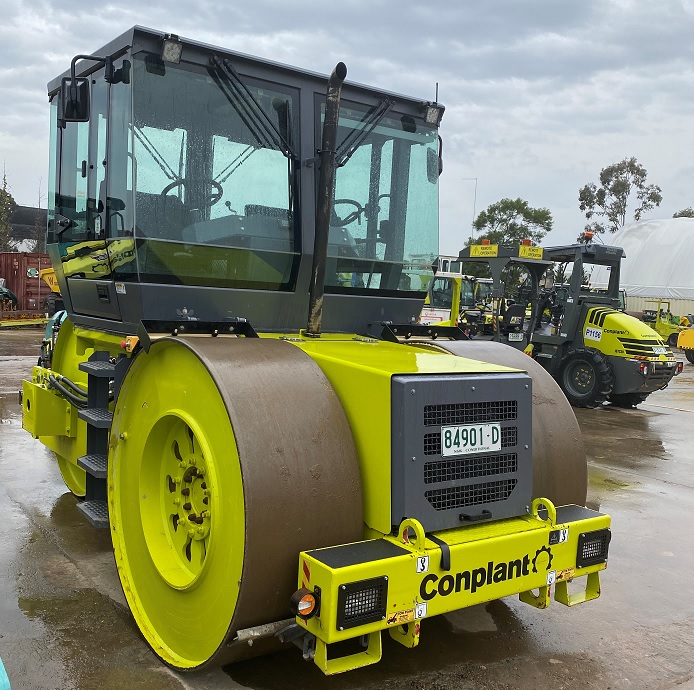
Multi-tyre rollers
Pneumatic multi-tyre rollers consist of two rows of offset inflated tyres. These rollers are ideal for the compaction of less cohesive soils in flatter environments including sands with a high clay content, silty sands, sand and gravel.
A.K.A: Pneumatic tyre rollers, multi rollers, multi wheel rollers, vibrating multi tyre rollers, vibe multi, heavy pneumatic tyre rollers, rubber tyre rollers
Tandem smooth-drum rollers
Tandem smooth-drum rollers provide a great finish on granular material like bases, sub-bases, asphalt and thin granular or semi-cohesive soil. These units can be used to apply static compaction or dynamic compaction through the use of vibration.
A.K.A: Steel wheel rollers, tandem rollers, twin drums, twin drum vibrating rollers
Impact rollers
Impact compactors are capable of compacting at greater depths and at much higher production rates than traditional compaction equipment. High Energy Impact Compaction (HEIC) can deliver results where conventional compaction equipment cannot be used cost-effectively or efficiently.
HEIC involves the transfer of compaction energy into the soil by means of the lifting and falling motion of non-circular rotating masses.
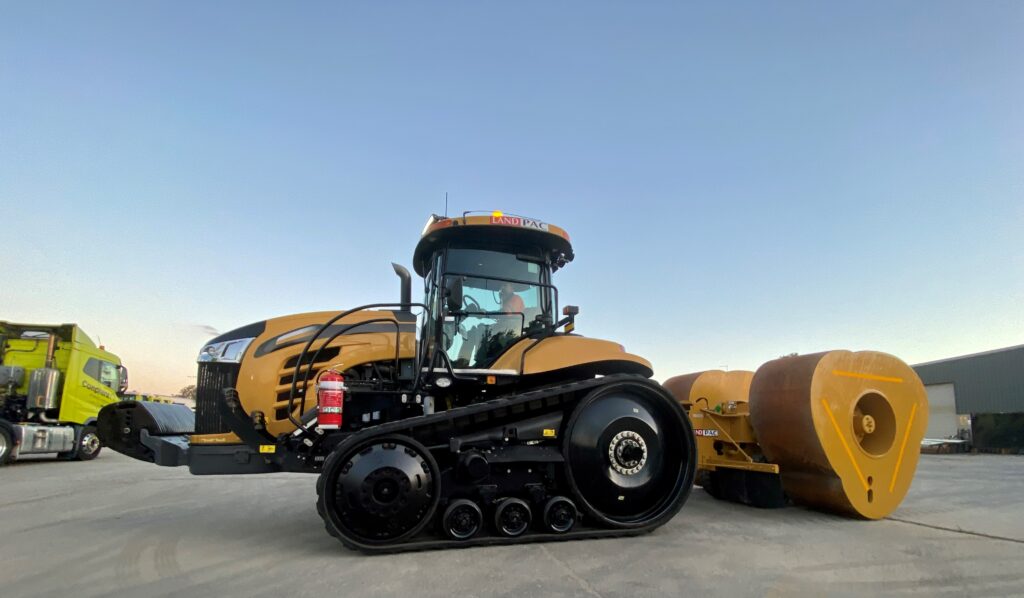
Let’s get into the small gear now… but don’t be fooled these guys still pack a punch!
Common types of light soil compactors
Trench rollers
Infrared remote-control trench rollers use dynamic compaction for great compaction results with safe operation. The operator can stand safely away from the roller, protected from vibration, dust and noise. These are great for compacting trenches and other small spots.
Trench rollers also have smaller Pedestals and are primarily used by electricians, plumbers and builders for burying cables and pipes. They’re also handy for the compaction of sub bases, foundation and utilities. Their variable compaction force allows for greater flexibility depending on the job.
A.K.A: Trench compactors, trenchies
Rammers
Hand-operated compaction rammers are used for compacting small areas through a form of impact compaction. They’re ideal for DIY projects such as backfilling small pipework or electrical trenches, excavation, footings and the preparation for paving or other landscaping tasks. They’re also great for compacting loose earth and soil including fine gravel, clay and sand.
Smaller and more manual options for rammers include the good old fashioned pole with a flat base, which are good for those smaller jobs.
A.K.A: Vibratory tampers rammers, vibro tampers, jumping jacks, upright rammers, whacker packers, tamping rammers, walk-behind tamping rammers, hand soil compactors, hand tampers
Plate compactors
Plate compactors are ideal for working with granular soils and use a form of dynamic compaction and ideal for Landscaping and smaller Asphalt applications. The vibration and weight of the plate helps settle soil as it moves across the surface being compacted.
They can go by various names depending on the direction in which they can be propelled, as you’ll see in the list below.
Check out the range of Mikasa plates and rammers here.
A.K.A: Single directional plate compactors, reversible plate compactors, vibratory plates, forward plate compactors, vibe plates, asphalt plate compactors
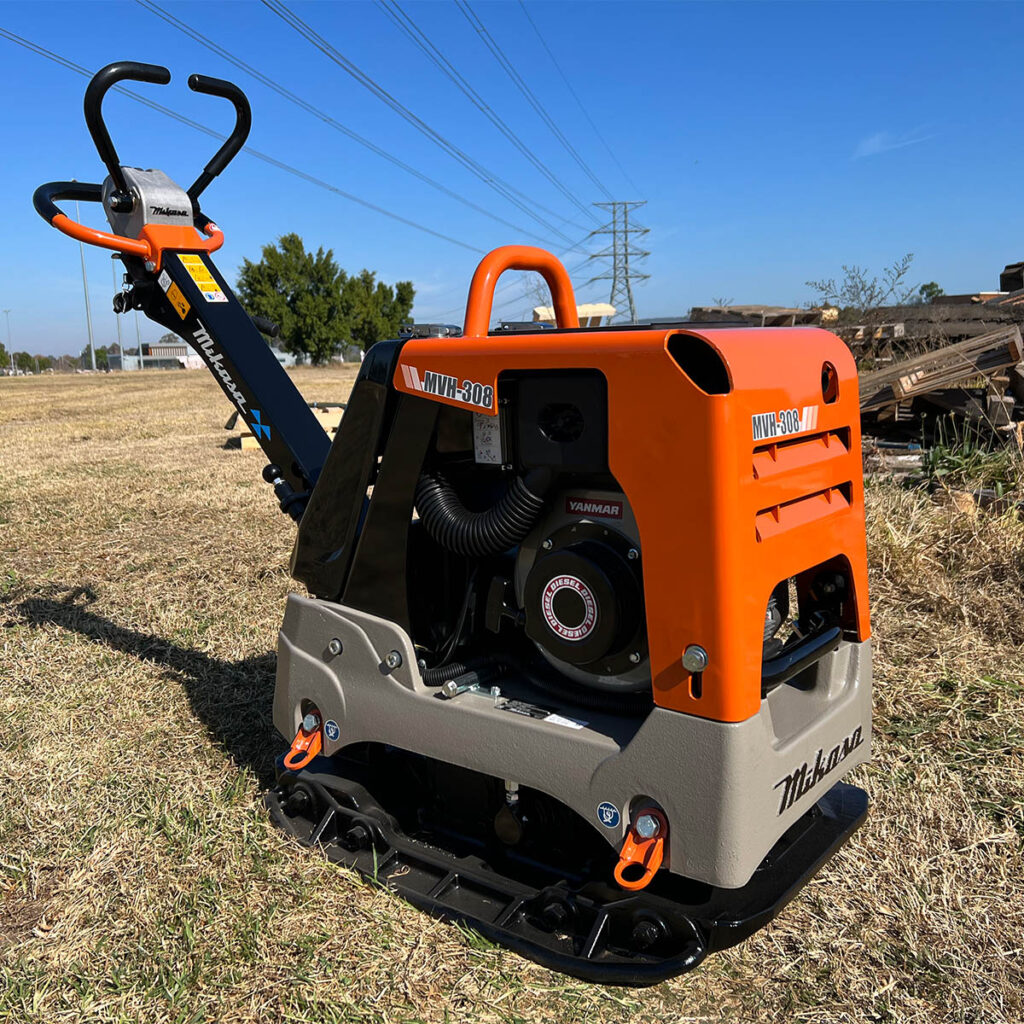
Pedestrian rollers
Pedestrian rollers are perfect for small projects such as landscaping, preparation of concrete slabs and small asphalt paths and driveways. As the name suggests this walk-behind rollers are easy to control and are ideal for use in smaller areas. These units come in both single and double-drum options.
A.K.A: Hand roller compactors, twin push rollers, walk-behind rollers
How to pick the right soil compactor
There is no one single soil compactor that will complete all tasks for all applications.
As you can see, the selection of compaction equipment for soil based compaction projects depends upon a wide range of factors, including:
- The nature and size of the job
- Distance and access
- Time available for completion
- Volume and depth of soil to be compacted
- Type of soil
- The specific needs of the finished project
- Location of worksite
Each different type of soil compactor has a desired material and operating range in which it performs best.
Choosing the best soil compaction for the application is about considering the most efficient way to complete the task. That means compacting your surface in the least number of passes, resulting in reduction in fuel and time to complete the task.
Want to speak to a compaction expert about the right kind of soil compactor for your needs? Give your local Conplant branch a call on 1300 166 166 or click here to get in touch.



